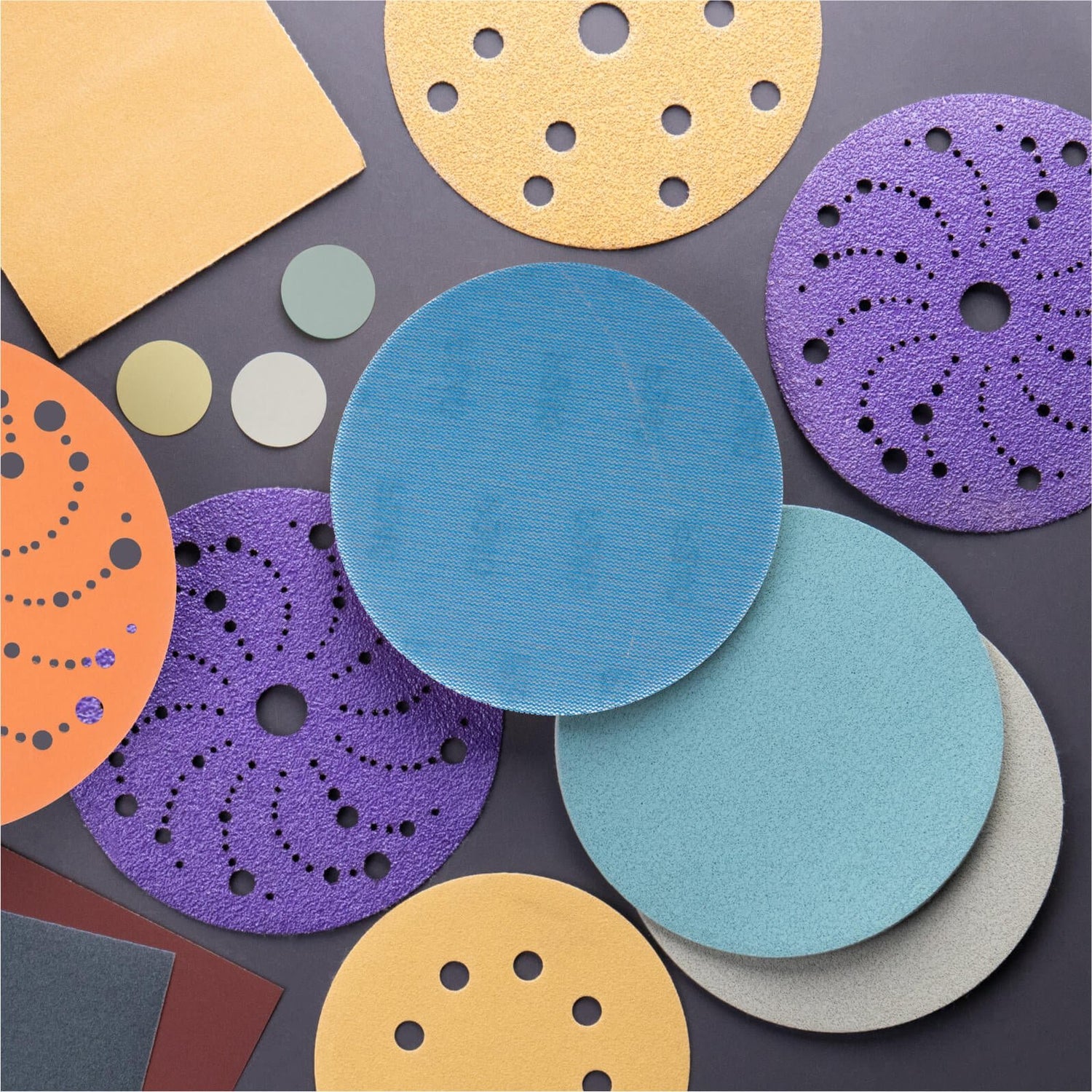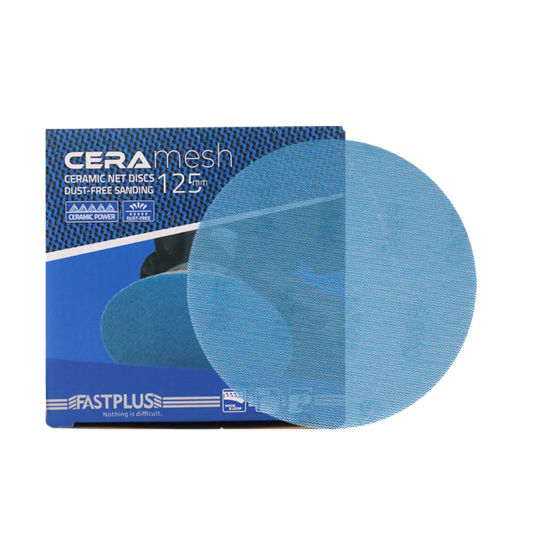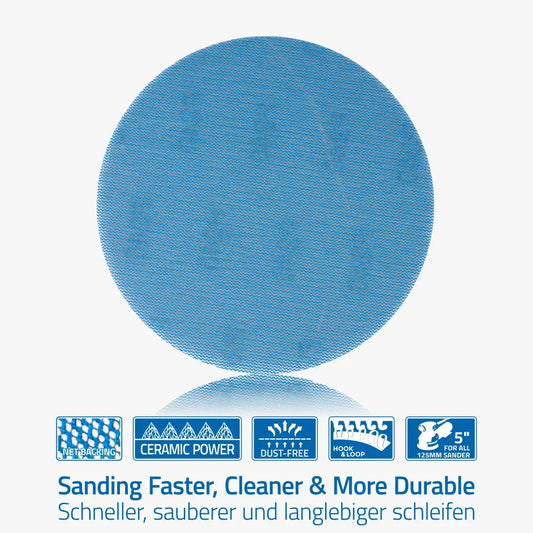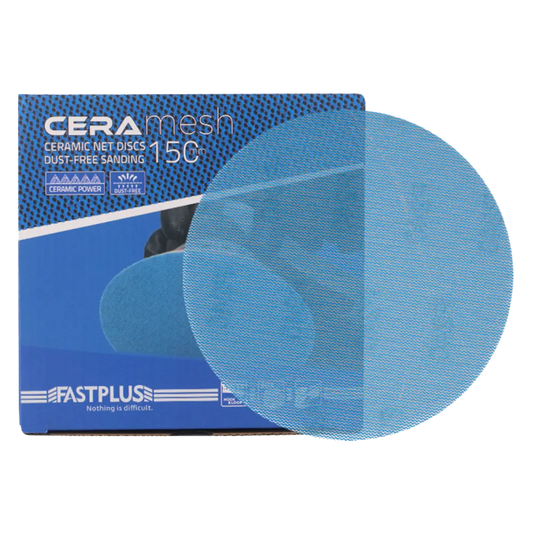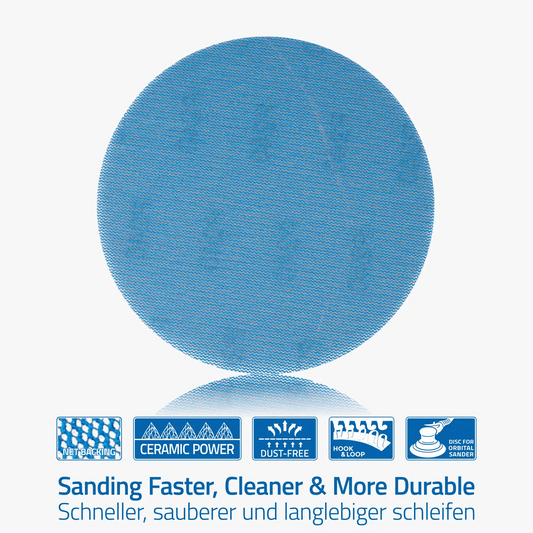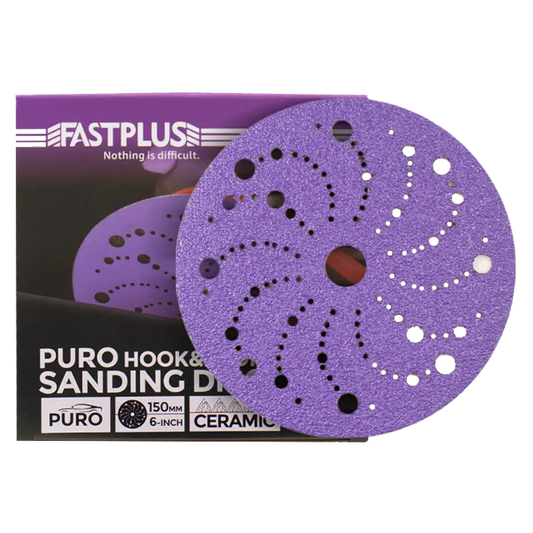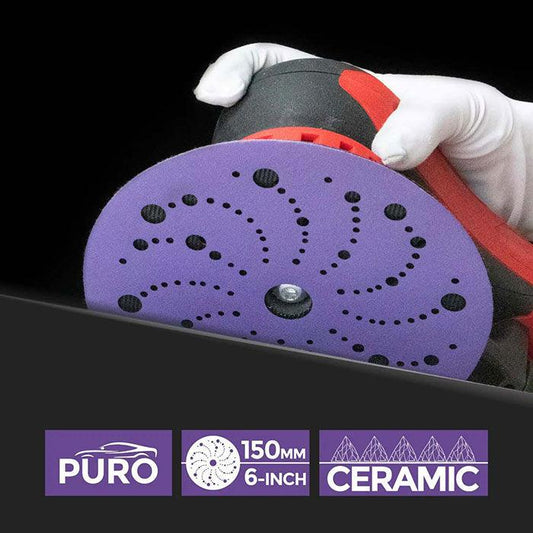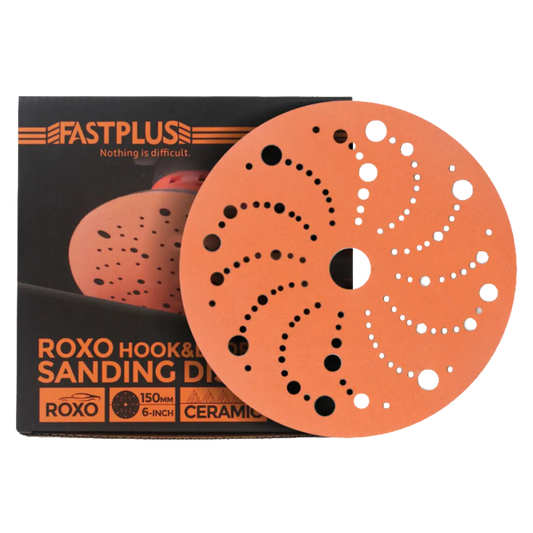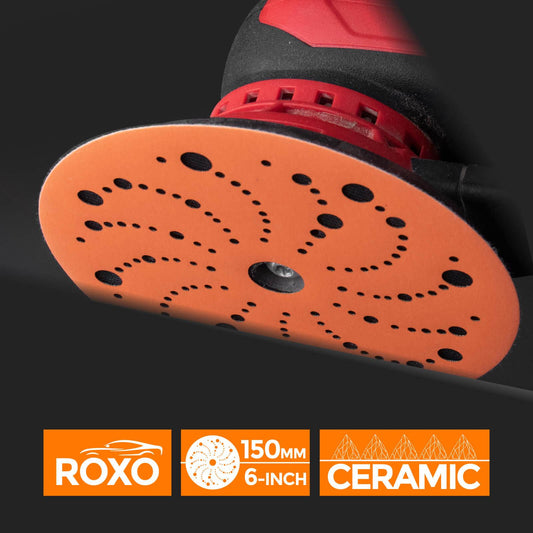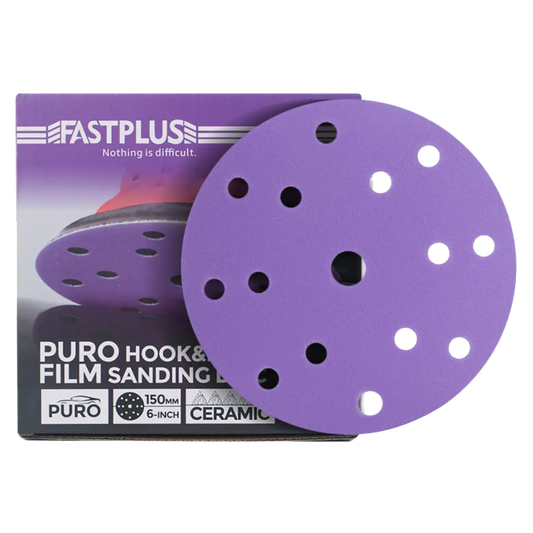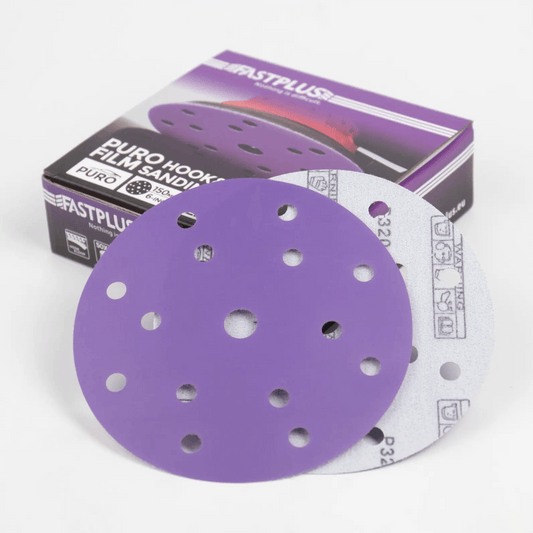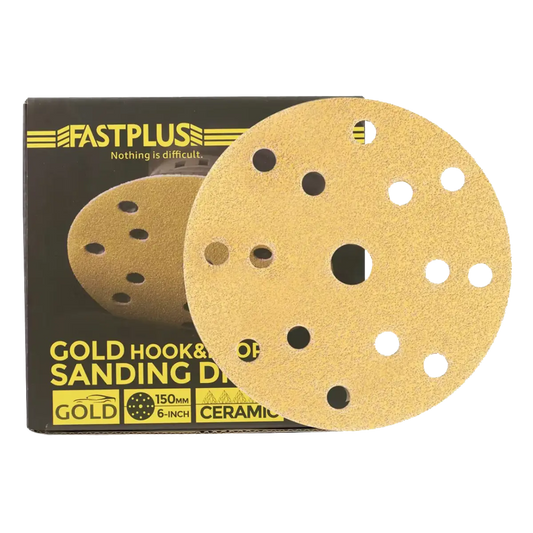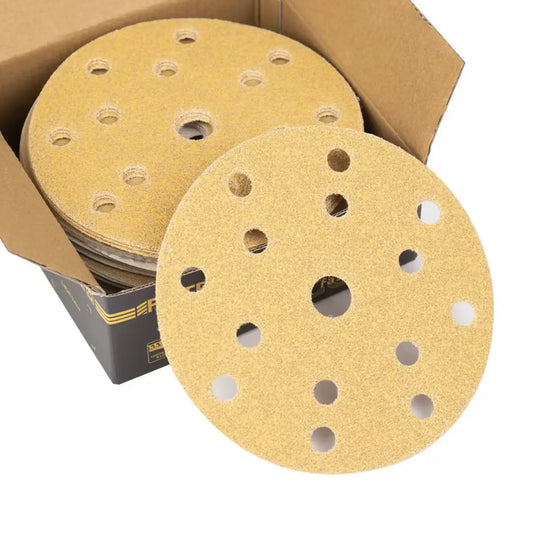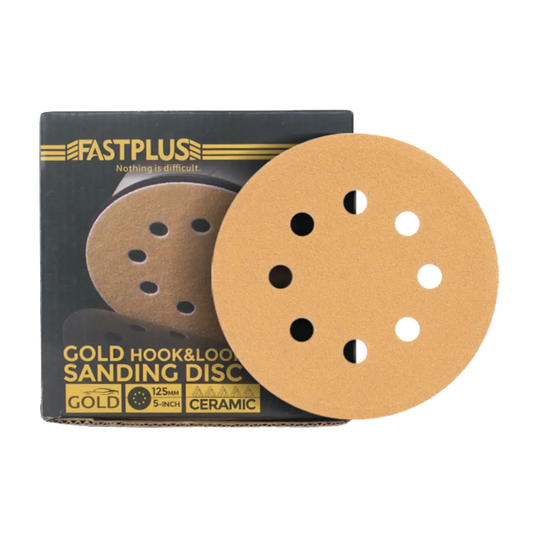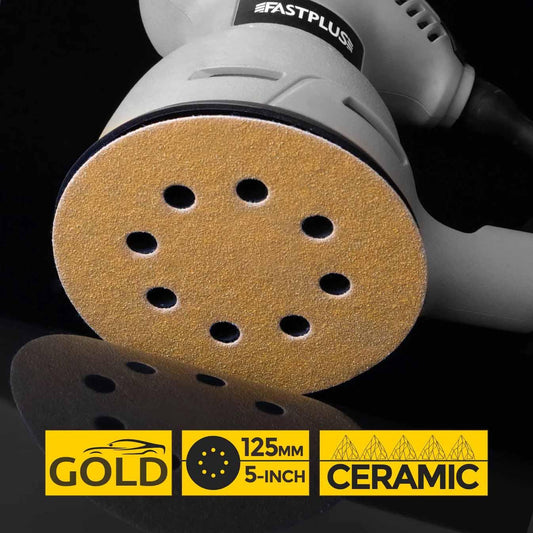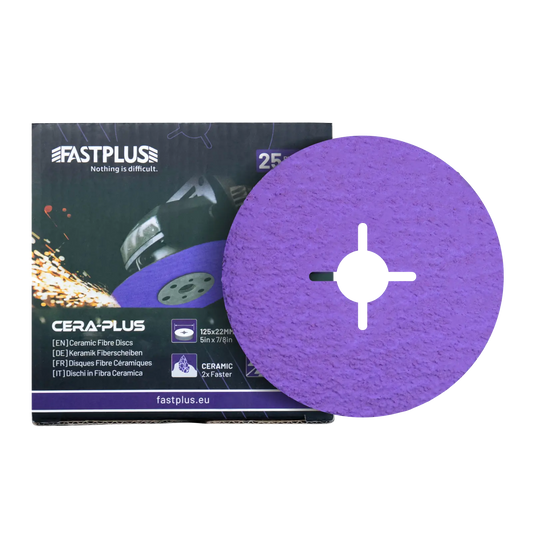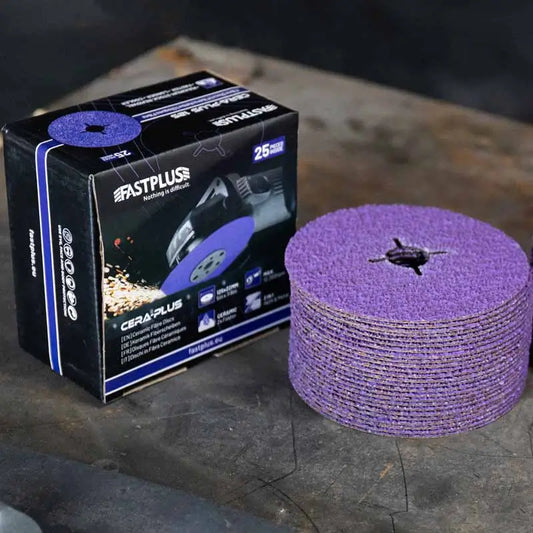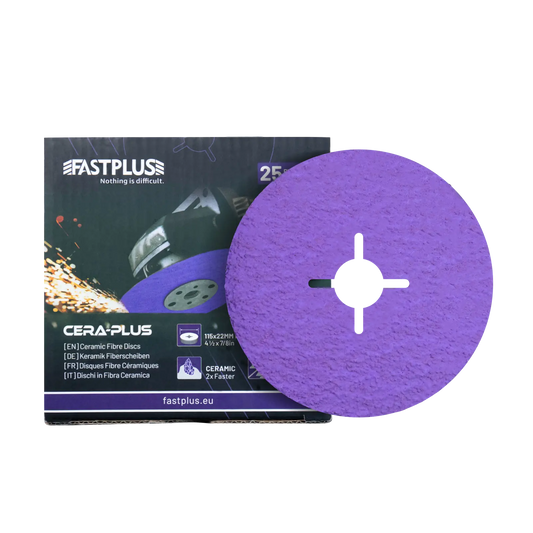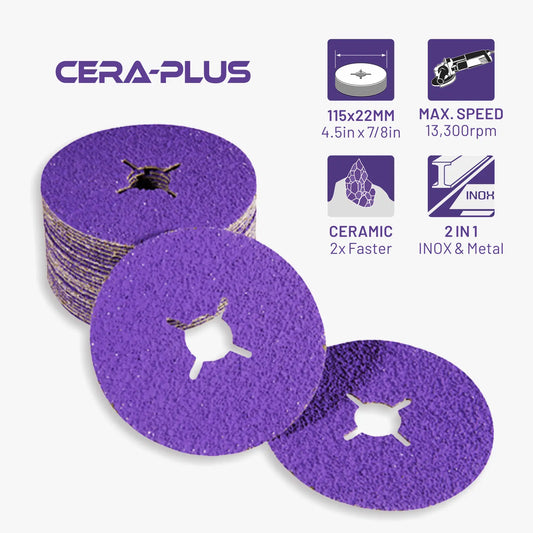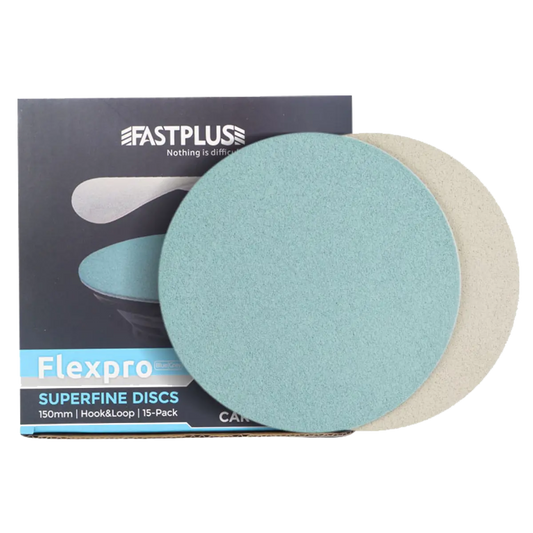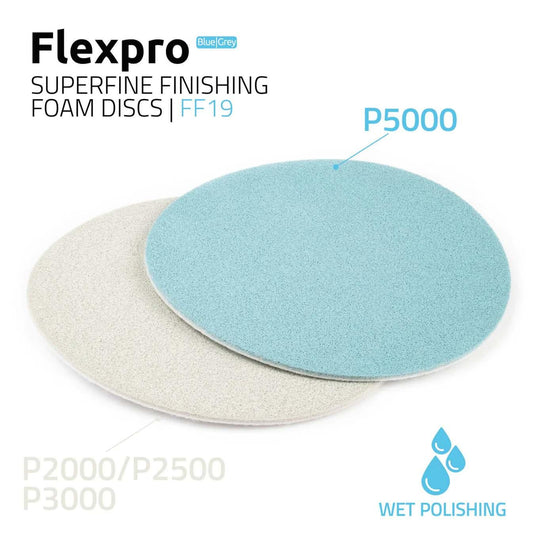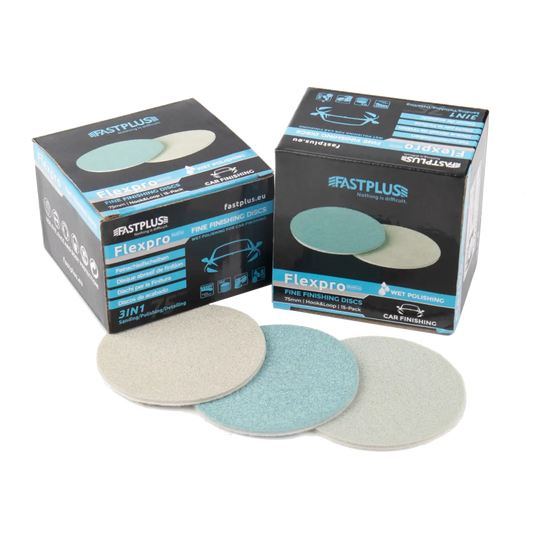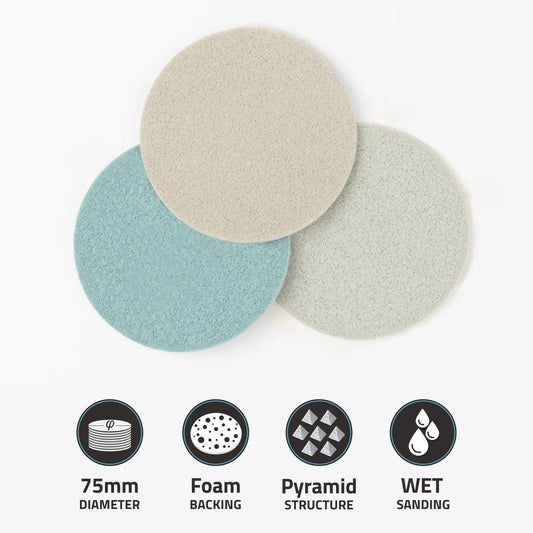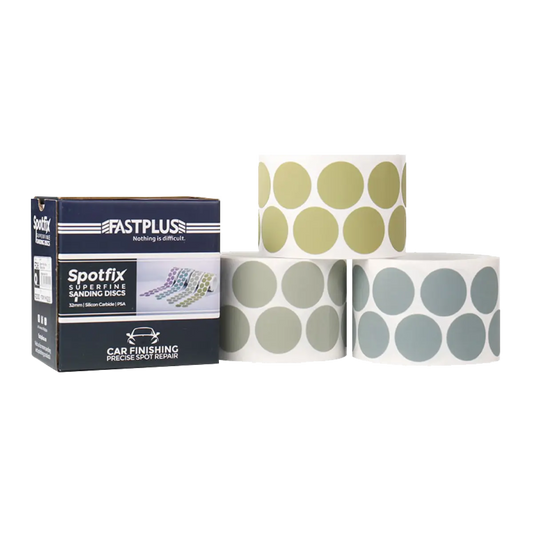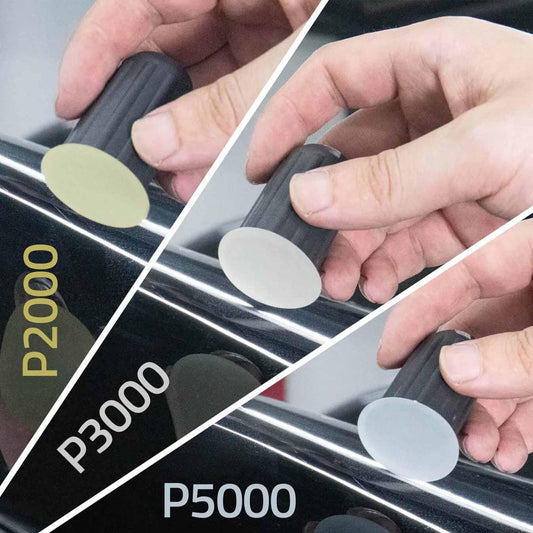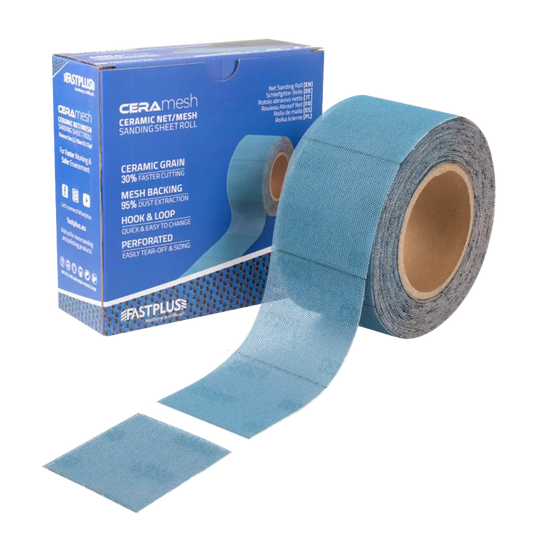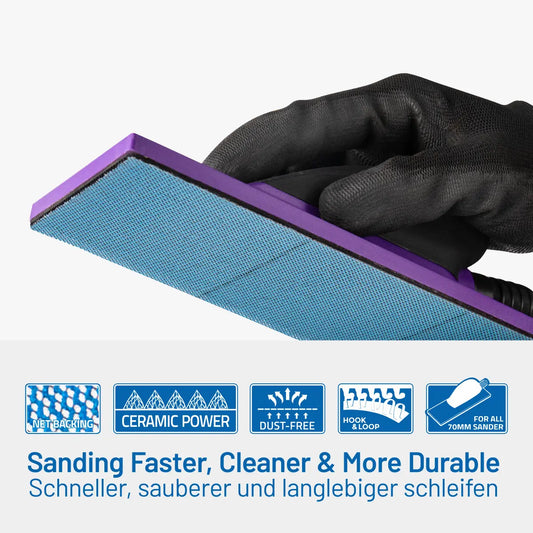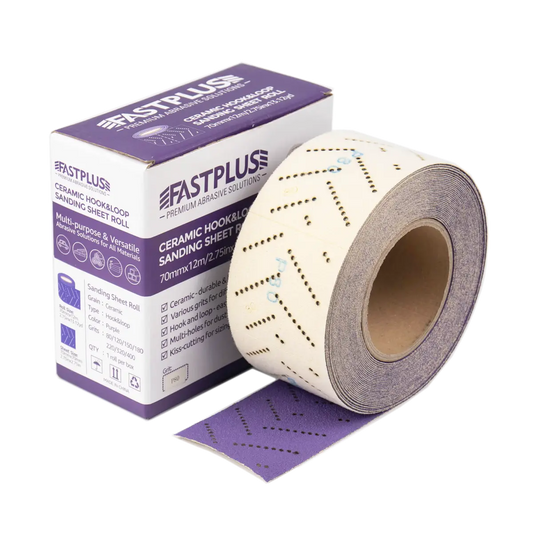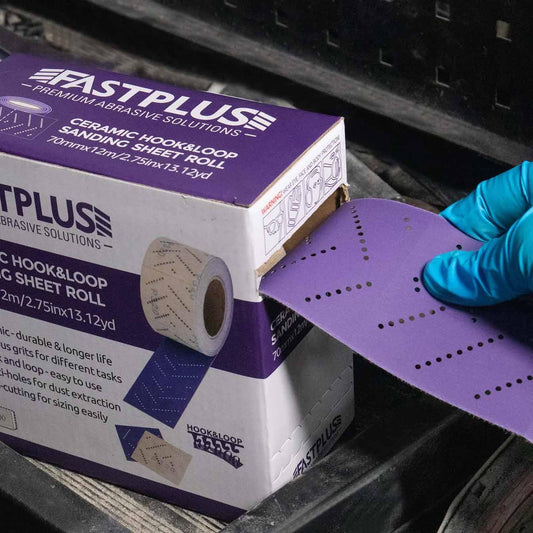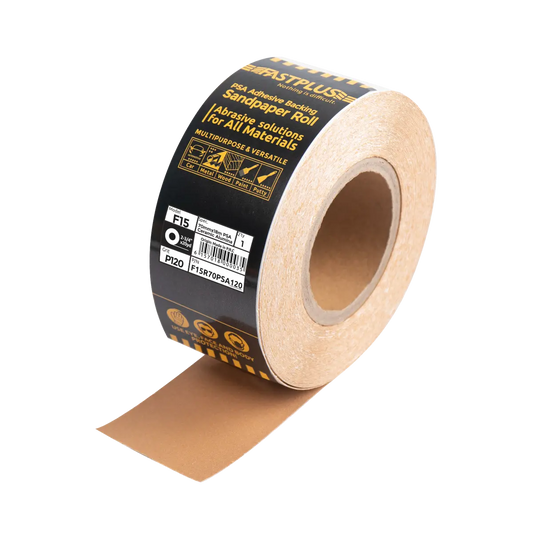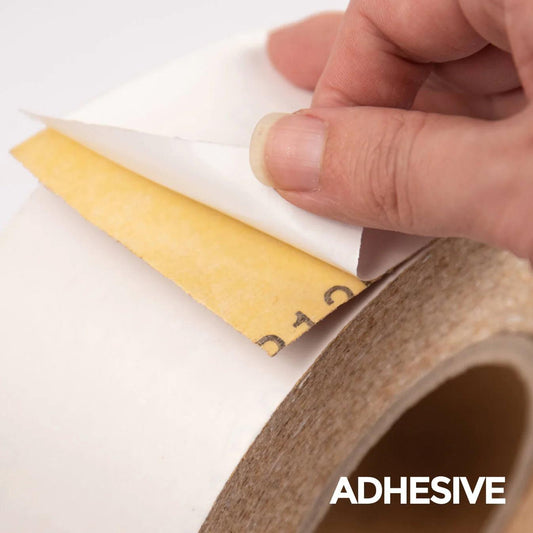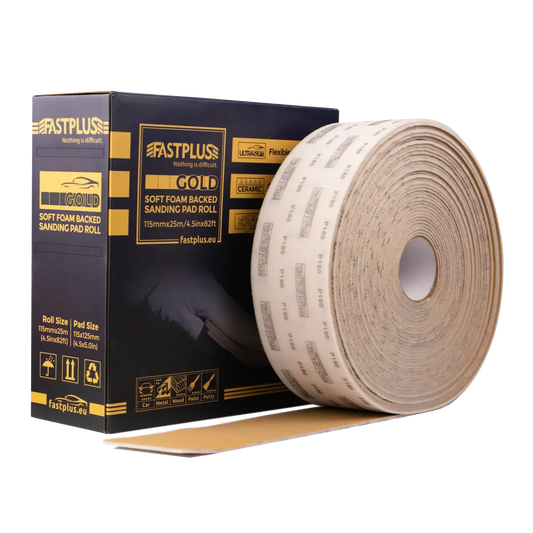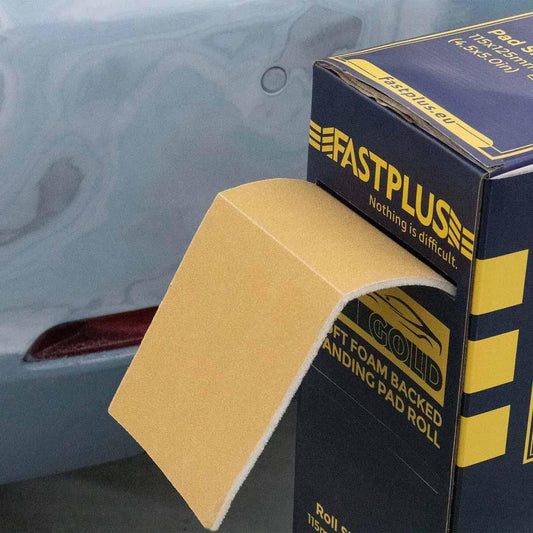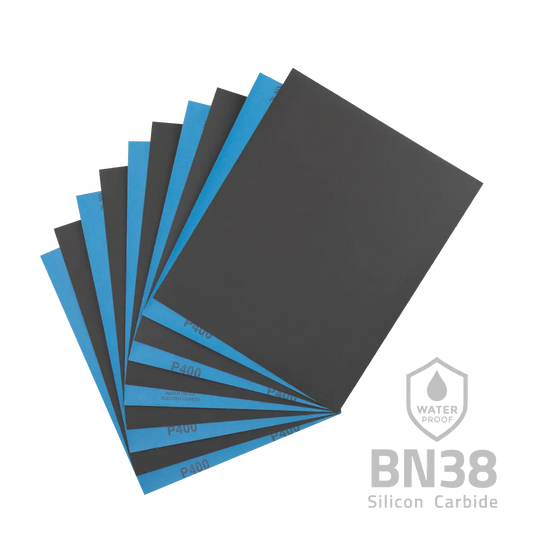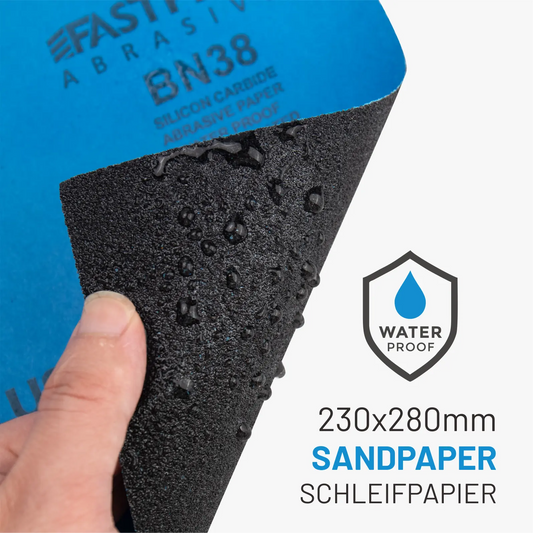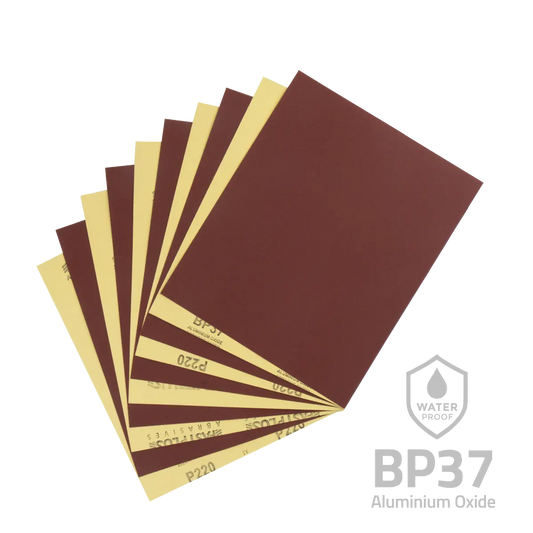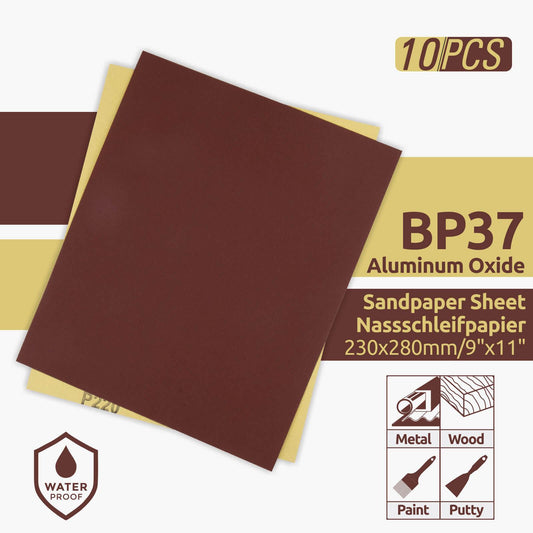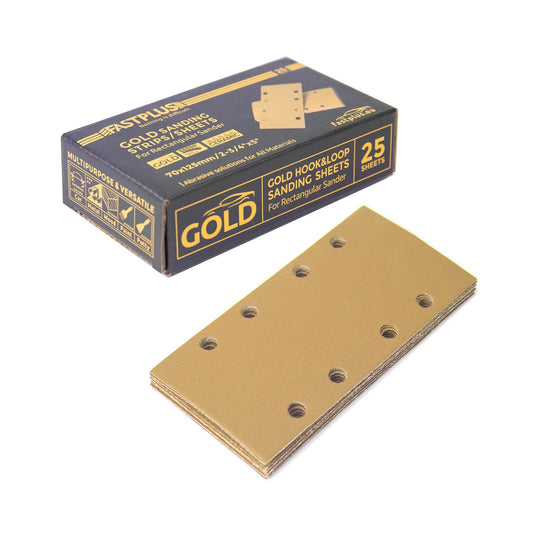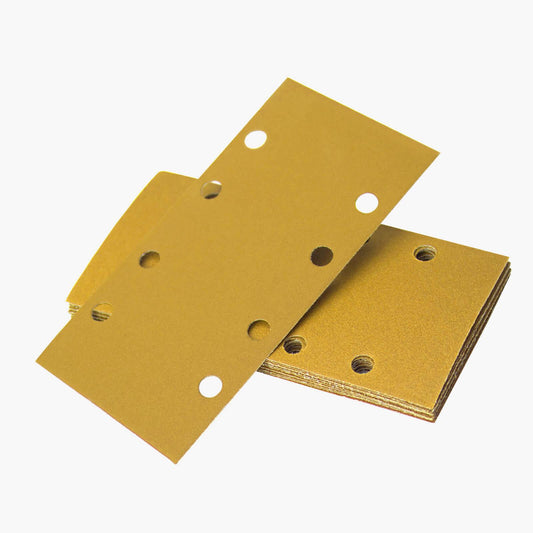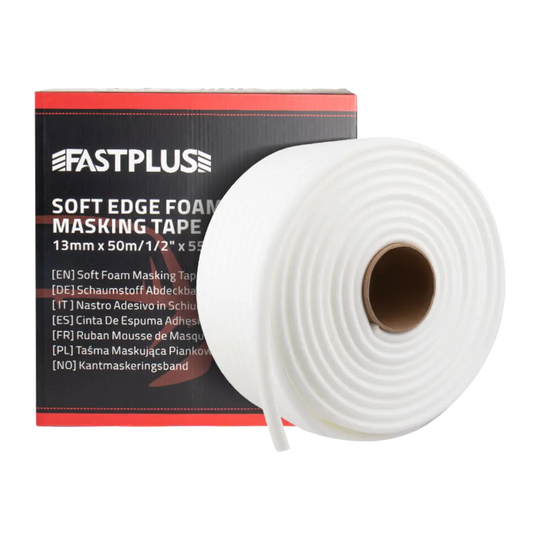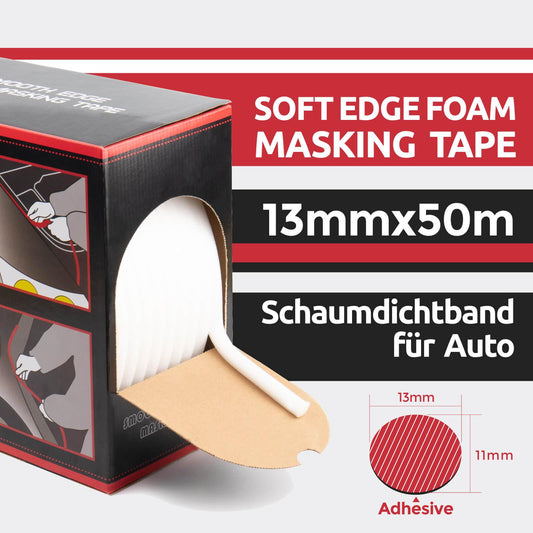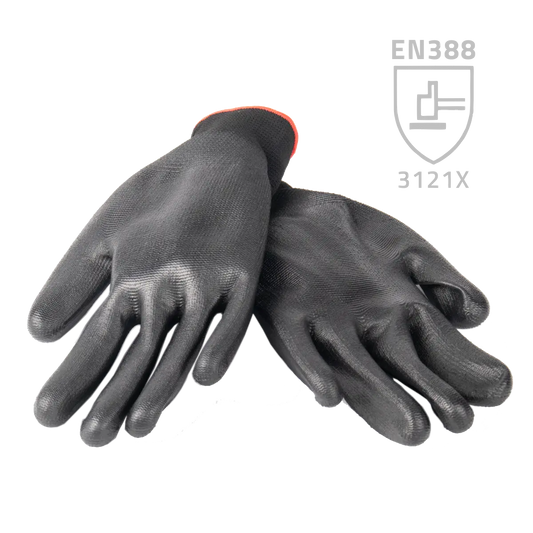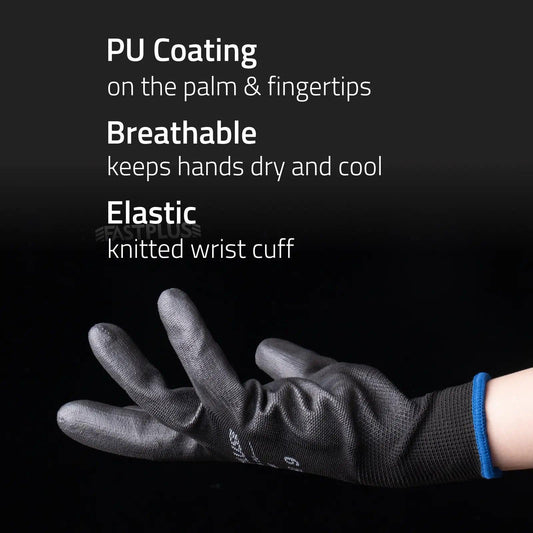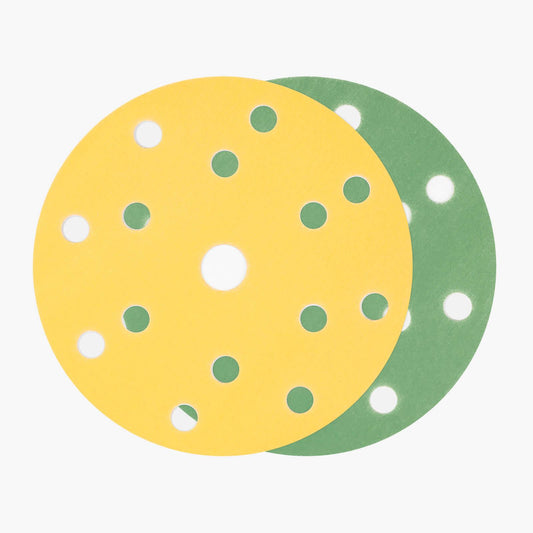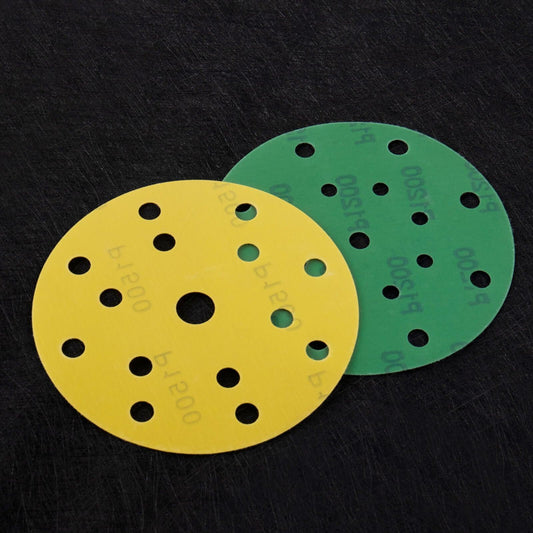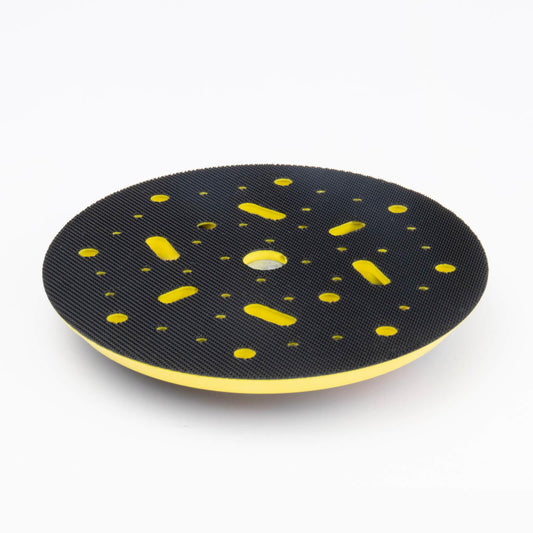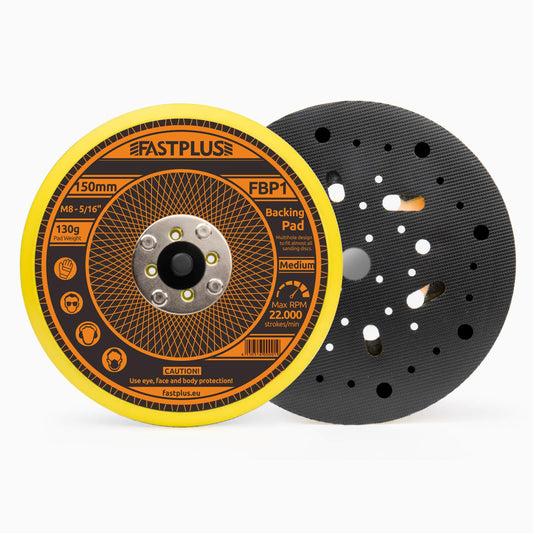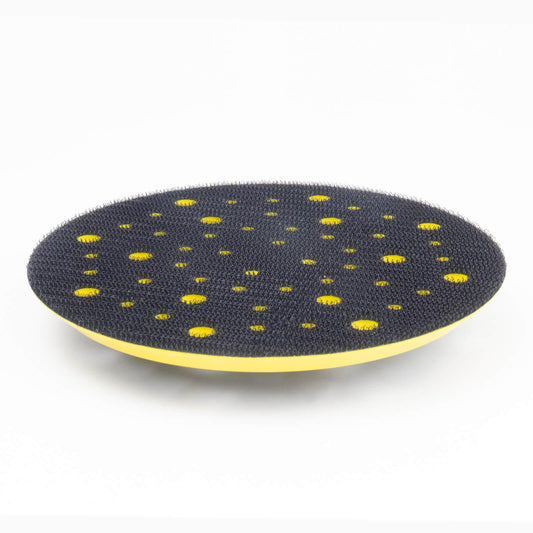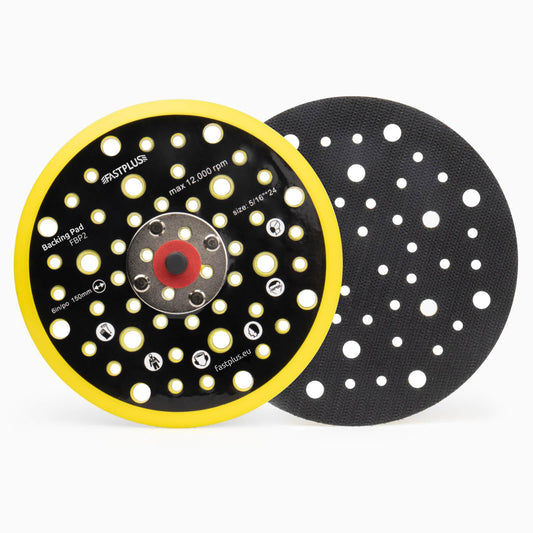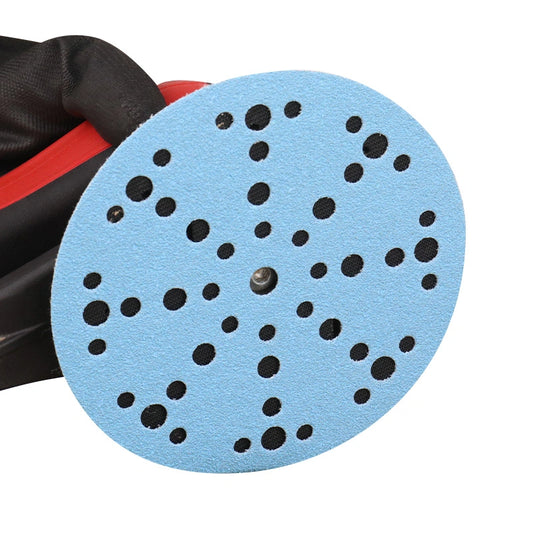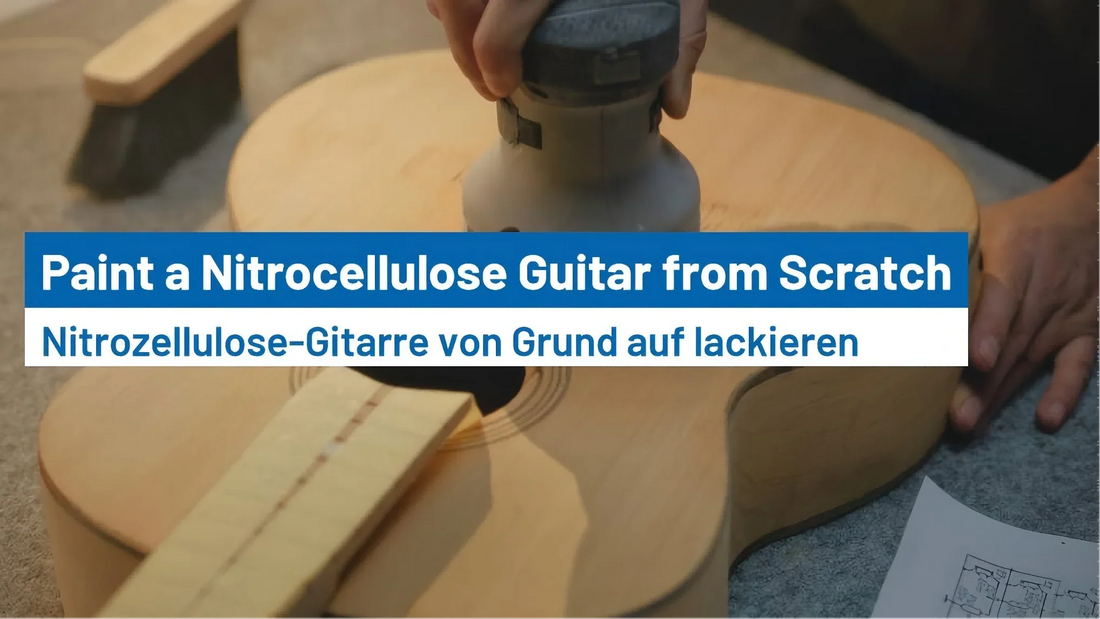
How to Paint a Nitrocellulose Guitar from Scratch: Easy Steps
Painting a guitar with nitrocellulose lacquer is one of the most rewarding DIY projects for any musician or craftsman. Nitrocellulose finishes have been the gold standard for guitars since the 1950s, famously used by Fender, Gibson, and countless custom builders. Their warm gloss, vintage appeal, and ability to “breathe” with the wood make them an enduring favorite among tone purists.
If you want to refinish or paint a guitar body from scratch with nitrocellulose lacquer, this guide walks you through every essential step—from preparation to polishing. Whether you’re working on a brand-new build or restoring an old body, following these techniques will help you achieve a professional-looking result.
Understanding Nitrocellulose Lacquer
Before you begin, it’s important to understand what nitrocellulose lacquer is and why it’s special.
Nitrocellulose lacquer (or “nitro”) is a solvent-based finish that creates a thin, resonant coating on the guitar. Unlike polyurethane or polyester, which form hard plastic-like shells, nitro continues to cure slowly over time, allowing the wood to vibrate freely. This gives the guitar a more open tone and a naturally aged look as the finish develops small cracks (“checking”) over the years.
However, nitrocellulose is also more delicate. It requires multiple coats, long drying times, and proper ventilation due to its strong fumes. Patience and careful technique are essential for success.

Tools and Materials You’ll Need
Here’s what you’ll need to paint a guitar body from scratch with nitrocellulose lacquer:
Safety Equipment
- Respirator mask (with organic vapor cartridges)
- Gloves
- Goggles
- Spray booth or well-ventilated area
Preparation Tools
- Sandpaper (grits: 120, 180, 220, 320, 400, 600, 800, 1000, 1500, 2000)
- Sanding block
- Tack cloth
- Painter’s tape
- Screwdriver set (for removing hardware)
💡 To achieve the smoothest base surface, you can use sandpaper for guitar from Fastplus — ideal for leveling wood grain and refining lacquer layers before painting.
Painting Materials
- Wood filler (if needed)
- Sanding sealer or vinyl sealer
- Nitrocellulose lacquer (in desired color)
- Nitrocellulose clear lacquer
- Primer (optional, depending on color choice)
Polishing Materials
- Rubbing compound
- Polishing compound
- Microfiber cloths
- Electric buffer (optional)
Step 1: Prepare the Guitar Body
If you’re working with a new, unfinished body, ensure it’s smooth and free from dents or scratches. For refinishing, strip off the old paint using a chemical stripper or by sanding carefully down to bare wood.
Inspect and Fill Imperfections
Check for dents, holes, or cracks. Use a compatible wood filler to repair any damage. Once dry, sand the surface flat using 220-grit sandpaper.
Final Sanding
Smooth the entire surface with 320-grit sandpaper, following the wood grain. Use a tack cloth to remove all dust and debris. The cleaner your base, the smoother your final finish.
If you need durable abrasives for leveling or pre-paint sanding, try the sanding discs for guitar bodies — they deliver uniform grain cutting and consistent finish control.
Step 2: Apply the Sanding Sealer
Sanding sealer provides a smooth, sealed surface for the lacquer to adhere to and prevents the paint from soaking unevenly into the wood.
How to Apply:
- Spray the sealer in light, even passes about 6–8 inches from the surface.
- Apply 2–3 coats, letting each coat dry for 30–45 minutes.
- After the final coat, let it dry overnight.
- Sand gently with 400-grit sandpaper to smooth out any roughness.
This step ensures that your color coats will go on evenly and that the wood grain won’t “raise” once lacquer is applied.
Step 3: Apply the Primer (Optional)
If you’re painting a solid color like white, black, or pastel, a primer coat helps achieve uniform color coverage. Transparent or sunburst finishes typically skip this step.
How to Apply:
- Spray 2–3 thin coats of nitro-compatible primer.
- Let each coat dry for 30 minutes.
- Sand lightly with 600-grit sandpaper once the primer fully cures.
The goal here is to create a flat, neutral surface that allows your color coats to shine evenly.
Step 4: Apply the Color Coats
This is where the magic happens. Choose your desired nitrocellulose lacquer color—classic options include butterscotch blonde, vintage sunburst, or cherry red. Shake the can well before use.
How to Apply:
- Spray in smooth, overlapping passes, starting and ending each stroke off the body to avoid buildup.
- Keep the can 6–8 inches away from the surface.
- Apply 3–4 light coats instead of one heavy coat to avoid runs or drips.
- Allow 30–60 minutes between coats.
- After your final coat, let the body dry for at least 24 hours.
Inspect under good lighting between coats. If you notice dust nibs or unevenness, lightly sand with 800-grit sandpaper before applying the next coat.
Tip: Always paint in stable temperatures (18–25°C / 65–75°F) and low humidity for best results.
Step 5: Apply the Clear Nitrocellulose Lacquer
Once the color coats have fully dried, you’ll need to protect and enhance the finish with clear lacquer coats.
How to Apply:
- Spray 6–10 thin coats of clear nitro lacquer over several days.
- Wait at least 30 minutes between coats.
- Allow the body to dry overnight after every 2–3 coats.
- Wet sand with 800-grit sandpaper between layers to level the surface.
The clear coats build up the depth and gloss of the finish while protecting the color beneath. The more clear coats you apply, the more room you’ll have for sanding and polishing later.
Step 6: Let the Lacquer Cure
Nitrocellulose lacquer doesn’t fully harden right away. It continues to “gas out” and cure as solvents evaporate.
- Cure time: 3–4 weeks (minimum).
- Environment: Store the body in a dust-free, well-ventilated area at room temperature.
Avoid touching or assembling the guitar during this time. Patience here pays off—if you rush the process, the finish may wrinkle or imprint easily.
Step 7: Wet Sanding
Once the lacquer has cured, it’s time to level and smooth the finish.
You’ll Need:
- Wet/dry sandpapers (1000, 1500, and 2000 grit)
- Warm water with a few drops of dish soap
- Soft sanding block or rubber pad
For best results, use a waterproof sanding sheet for guitar finishes — it’s designed for even abrasion in wet sanding applications without clogging.
How to Sand:
- Dip the sandpaper in soapy water and gently sand in circular motions.
- Keep the surface wet at all times.
- Start with 1000 grit to remove orange peel and uneven texture.
- Move to 1500 and then 2000 grit to achieve a satin-smooth surface.
Be careful around edges and contours—the lacquer is thinner there, and it’s easy to sand through to the color coat.
After sanding, the surface should look dull but perfectly even. That’s your cue to start polishing.

Step 8: Buffing and Polishing
Now comes the transformation from dull to dazzling.
Materials:
- Rubbing compound
- Polishing compound
- Clean microfiber cloths
- Optional: power buffer with foam pad
Steps:
- Apply a small amount of rubbing compound to the surface.
- Buff gently with a cloth or machine in circular motions until the shine begins to appear.
- Follow with polishing compound to bring out a deep, glossy finish.
- Wipe off residue with a clean microfiber cloth.
A properly polished nitro finish will have a rich, mirror-like gloss while still allowing the wood grain and depth of color to show through.
Step 9: Reassemble the Guitar
Once the finish has fully hardened (another few days after polishing), you can reinstall all the hardware and electronics.
Tips for Reassembly:
- Avoid over-tightening screws—nitro can be fragile.
- Use soft cloths to protect the surface while working.
- Let the guitar rest a few days before stringing up to allow any remaining solvents to dissipate.
Maintenance and Aging
One of the unique charms of nitrocellulose lacquer is that it continues to evolve over time. With age, it can develop subtle checking, yellowing, or fading that adds vintage character.
To maintain the finish:
- Wipe down the guitar after playing to remove sweat and oils.
- Store in a temperature-stable environment.
- Avoid harsh cleaners—use only guitar-safe polishes.
Over the years, your nitro finish will “breathe” and age gracefully, giving your instrument a timeless, authentic look.
Common Mistakes to Avoid
Even experienced DIYers can make mistakes when working with nitrocellulose. Here are the top pitfalls to watch out for:
- Spraying too thick: Heavy coats cause runs and take forever to cure. Always use thin, even layers.
- Insufficient drying time: Nitro needs time—don’t rush sanding or polishing.
- Skipping the sealer: Without proper sealing, the color coat can soak unevenly into the wood.
- Poor ventilation: Nitro fumes are toxic—always wear a respirator and work in a well-ventilated space.
- Touching too soon: Even if it feels dry, the finish can still be soft underneath. Wait the full cure period before handling.
Final Thoughts
Painting a nitrocellulose guitar from scratch is a blend of art and patience. The process might seem lengthy—sand, seal, paint, clear, cure, sand again, and polish—but the reward is a professional, vintage-style finish that no modern polyurethane can replicate.
Each step you take adds depth and character to your guitar, and every coat brings it closer to the smooth, resonant instrument you envisioned. Whether you’re restoring a classic or crafting your own masterpiece, a well-applied nitro finish will always stand as a mark of craftsmanship and passion.
So take your time, enjoy the process, and when you finally string it up and play that first note, you’ll hear—and feel—the difference.

